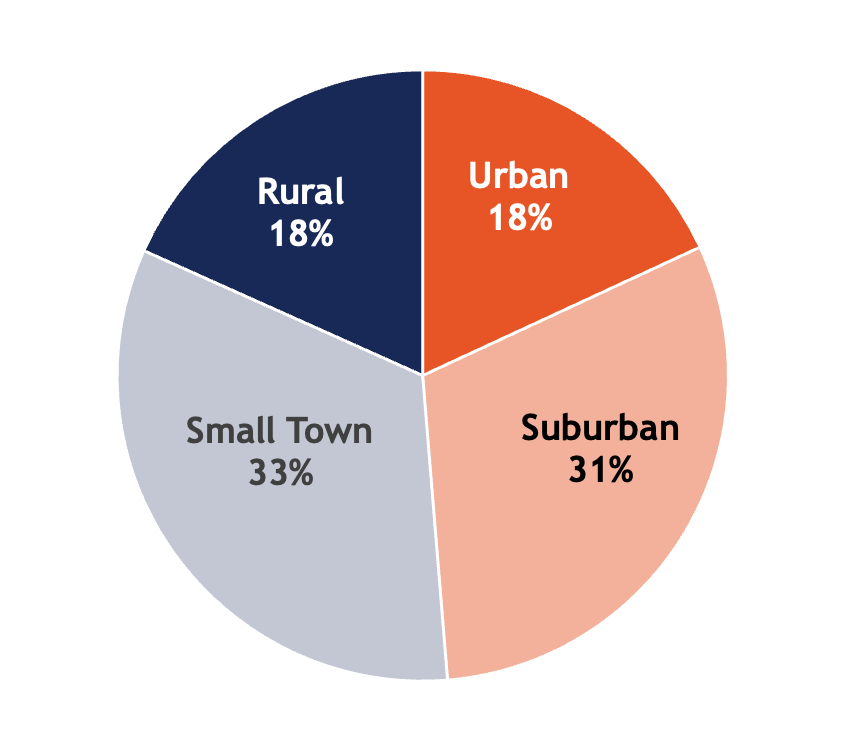Are Rural and Small-Town Churches Really That Different? Findings from the Church Research Council National Survey of Churches of Christ
Churches, especially those in rural communities, often serve as the center of civic life. Understanding rural and small-town churches is particularly helpful as we seek to comprehend religion in America and to encourage people to join the church. What we do know is that we don't know much; very little data has been collected on rural and small-town churches in general, let alone Churches of Christ. In fact, it has been seven years since the last large-scale data collection on Churches of Christ, and that data was primarily used to create a database of Churches of Christ in the US. It didn't include many questions about the churches and their roles in the community.
The data I am researching in this report comes from the Church Research Council (CRC). In 2024, the CRC aimed to conduct the largest survey of Churches of Christ ever done. Using data from the 2018 Churches of Christ in the US database, created by 21st Century Christian Publishing, they sent emails, physical mailers, follow-up postcards, and in-person visits to contact the 11,914 Churches of Christ listed in the 2018 directory. After removing incorrect addresses and churches known to have closed, the list of churches was reduced to 10,682. To boost participation, the CRC assembled a team of church leaders from each of the primary streams of Churches of Christ: mainstream, non-institutional, church plant, non-class, and one cup. These leaders were asked to reach out within their stream to encourage participation. Additionally, ambassadors from all regions of the United States were recruited to contact churches in their states, promoting involvement in the survey.
The data collection period for this study went from late July 2024 through March 2025. We will begin with a general overview of the locations of our churches. When we look at the pie chart below, of the 2,029 congregations that participated in the survey, they are pretty evenly divided between rural, small-town (RST), and urban or suburban (US). 51% of our sample comes from RST, while 49% are from US areas.
The distribution of Churches of Christ across the United States is shown in the map below. In total, we received responses from 47 states, with Texas and Tennessee having the highest number of churches.
So, who are we as the Churches of Christ? Let's start by examining the known streams of Churches of Christ. Traditionally, we divide them into six categories: mainstream, non-institutional or congregational, mutual edification, one cup (both fermented and unfermented juice), non-class with a located preacher, and non-class without a located preacher. When examining these congregations, we find that in rural and small-town communities, there are slightly more non-institutional or congregational churches than in urban and suburban areas. However, about 83% still identify with the mainstream. An important consideration is then: what are the differences among those mainstream congregations? How are they different from one another? How are they unique?


